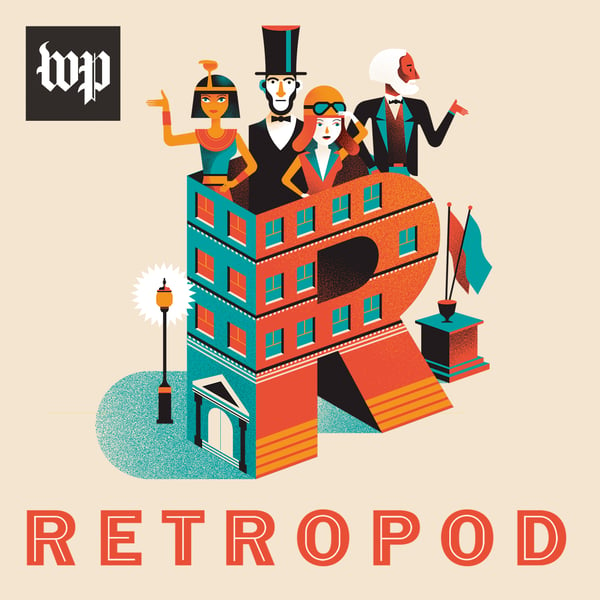How the Doomsday Clock came to be
Retropod
The Washington Post
4.5 • 670 Ratings
🗓️ 30 April 2018
⏱️ 4 minutes
🧾️ Download transcript
Summary
Transcript
Click on a timestamp to play from that location
| 0:00.0 | Retropod is sponsored by Tiro Price. |
| 0:02.2 | Are you looking to learn a thing or two about getting your finances in order, saving, and investing? |
| 0:06.3 | Check out the Confident Wallet, a personal finance podcast series by Tero Price and the Washington Post Brand Studio. |
| 0:11.8 | Find it wherever you get your podcasts. |
| 0:14.6 | Hey, history lovers. |
| 0:16.1 | I'm Mike Rosenwald with Retropod, a show about the past, rediscovered. |
| 0:26.6 | So, here's a question that doesn't seem particularly ominous. What time is it? |
| 0:28.6 | Actually, not that kind of time. |
| 0:32.6 | Today, I'm talking about the time on the doomsday clock, the scariest alarm clock in the world. |
| 0:42.3 | Over the past seven decades, the doomsday clock has served as a metaphorical measure of humankind's proximity to global catastrophe. |
| 0:54.7 | Every year, scientists and nuclear experts set the time after grappling over the state of geopolitical affairs. |
| 1:04.0 | But the clock wasn't created by a scientist. |
| 1:08.3 | It was created by an artist. |
| 1:13.6 | It was created by an artist. It was 1947. World War II had ended two years before, and some scientists at the University |
| 1:19.6 | of Chicago were worried about what humanity had done. A few of them had been instrumental |
| 1:26.6 | in creating the atomic bomb that ended the war, |
| 1:29.6 | at the cost of hundreds of thousands of Japanese civilian lives. The scientists were going |
| 1:37.2 | to publish their misgivings in a new magazine called The Bulletin of Atomic Scientists. The magazine's |
| 1:44.1 | creators needed someone to illustrate its cover. |
| 1:47.6 | They found an artist named Martil Langsdorf. |
| 1:52.1 | At first, she thought about designing the cover with a U to represent uranium. |
| 1:58.7 | But as she talked with the scientists, she realized that what was most compelling was their |
... |
Please login to see the full transcript.
Disclaimer: The podcast and artwork embedded on this page are from The Washington Post, and are the property of its owner and not affiliated with or endorsed by Tapesearch.
Generated transcripts are the property of The Washington Post and are distributed freely under the Fair Use doctrine. Transcripts generated by Tapesearch are not guaranteed to be accurate.
Copyright © Tapesearch 2025.

